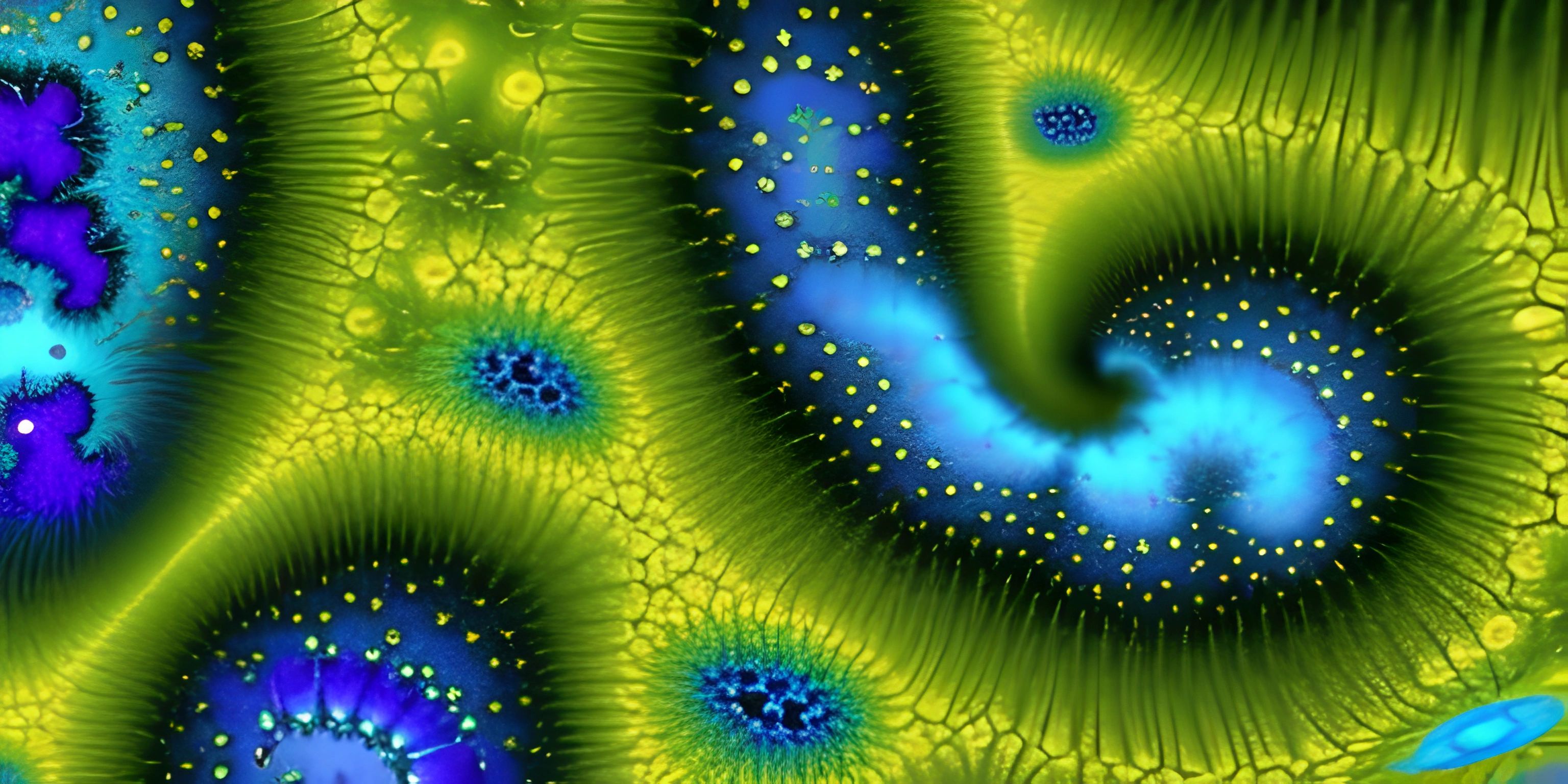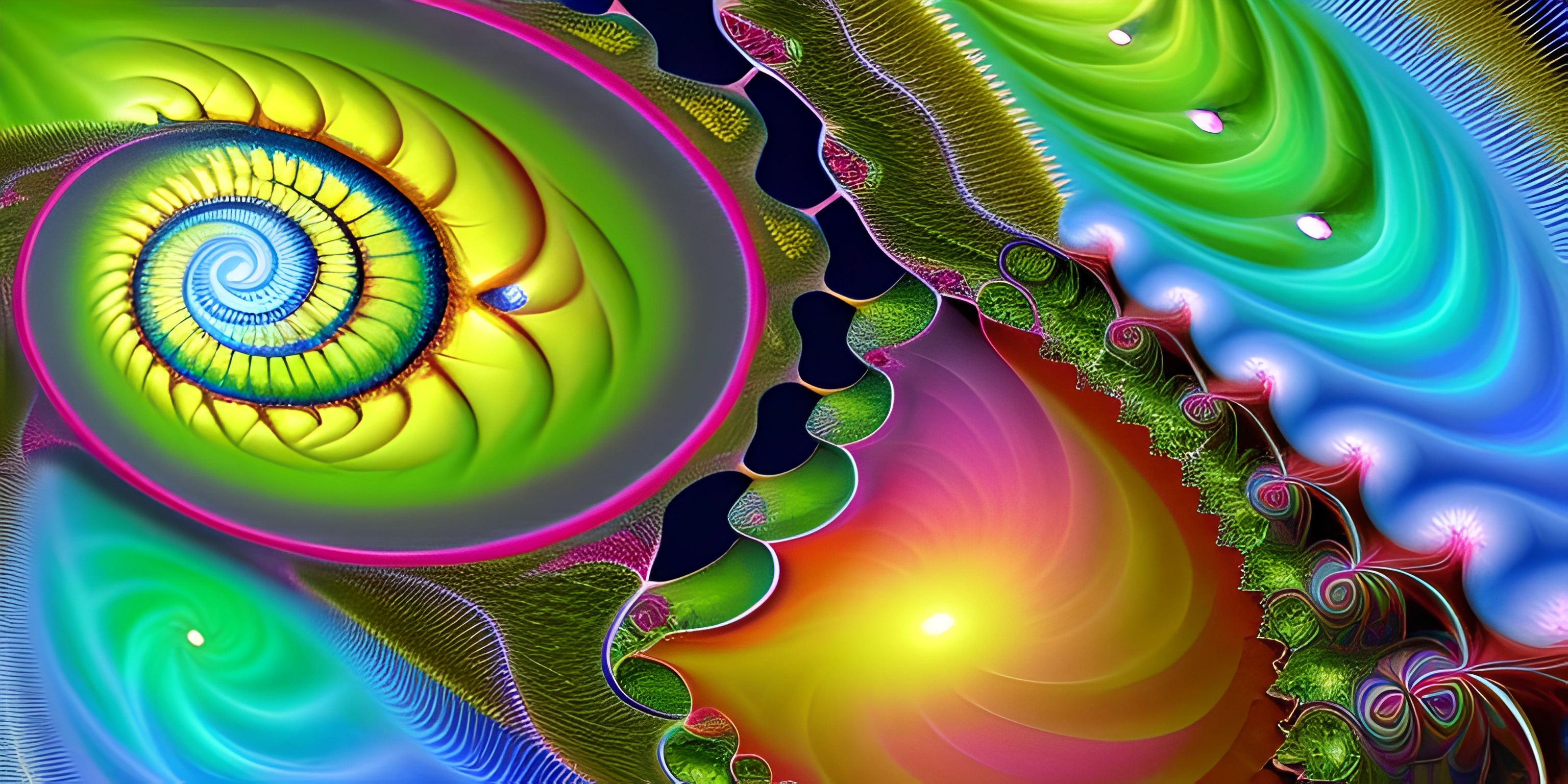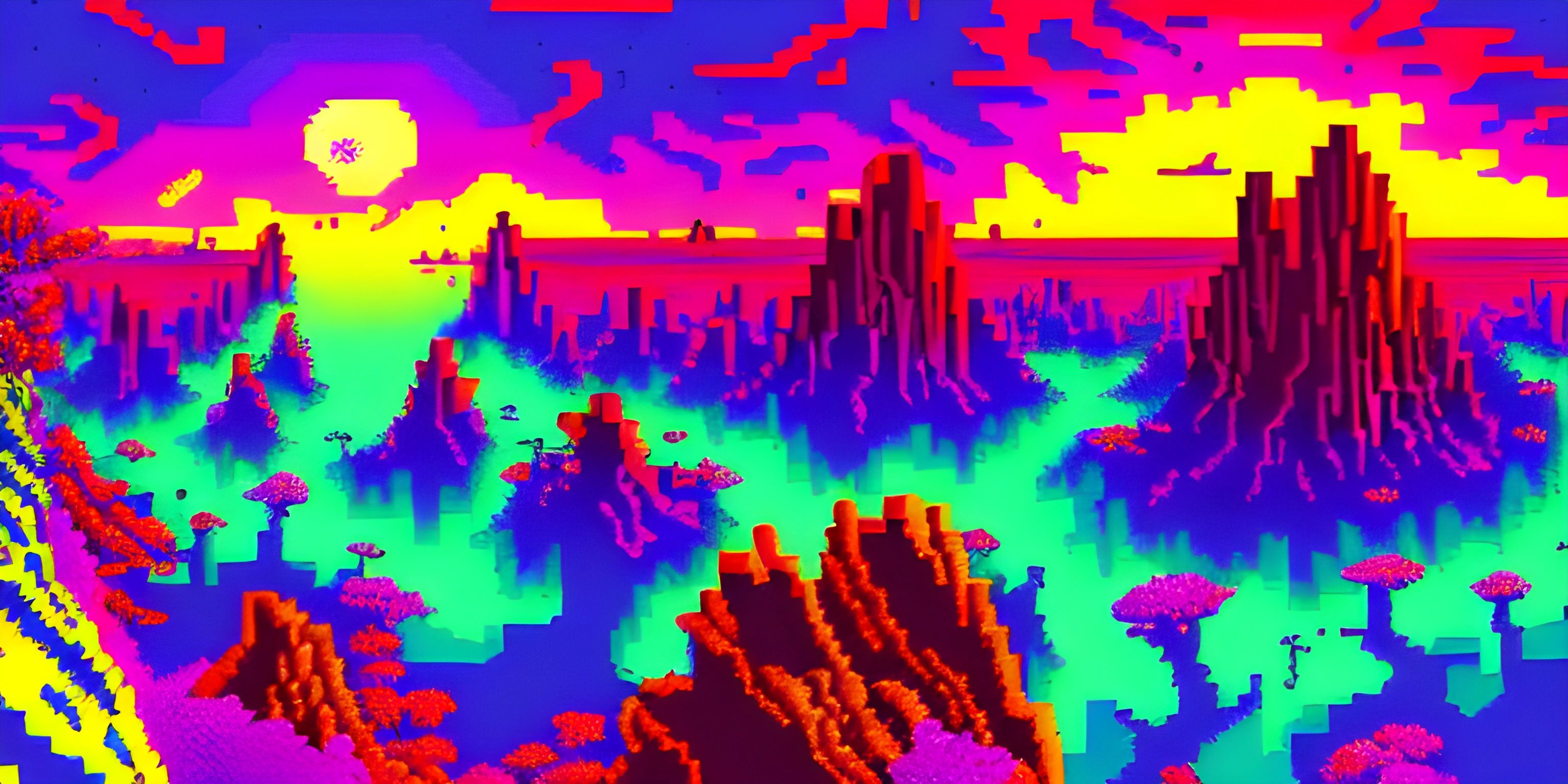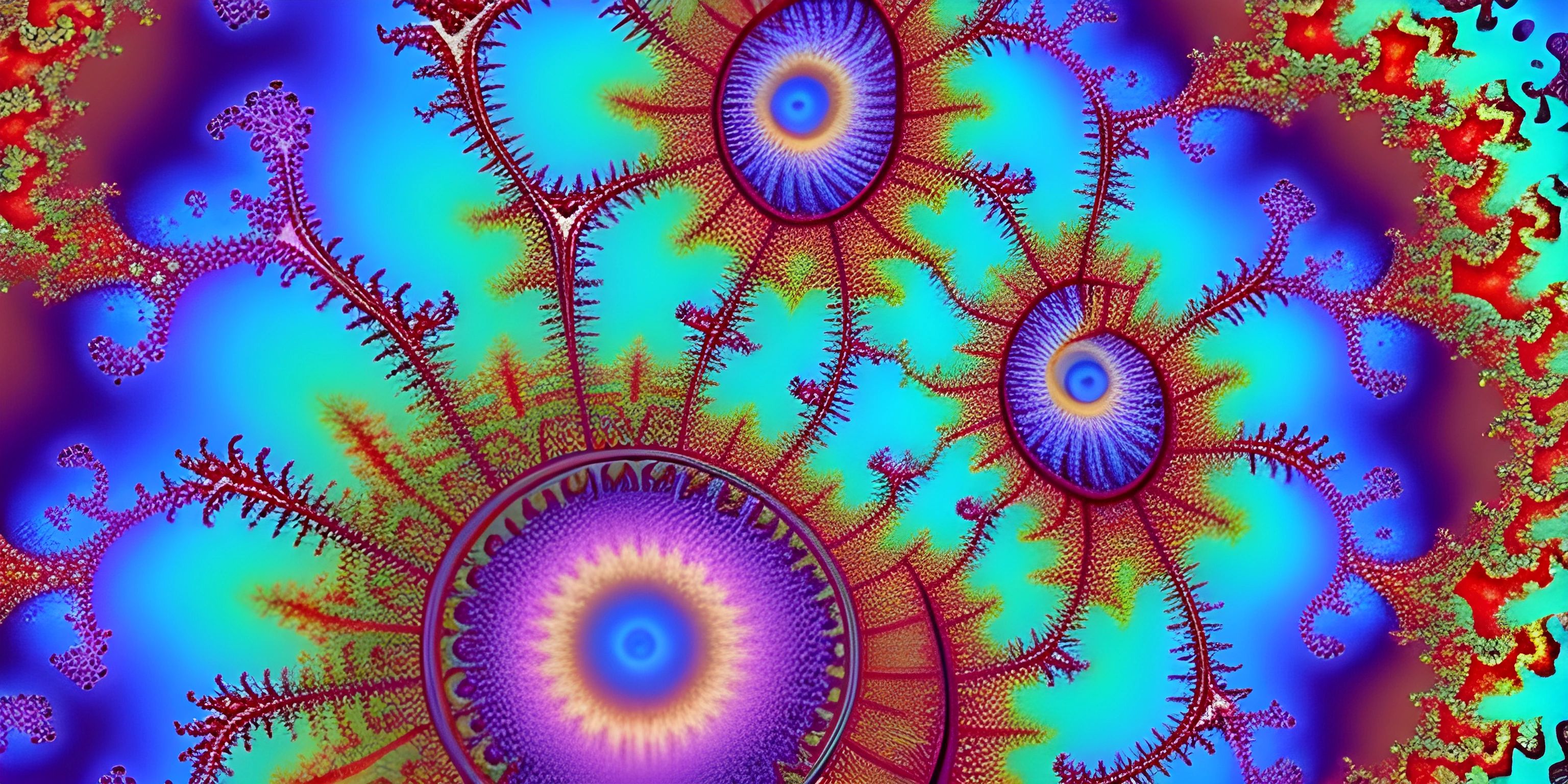The Intricate World of Fractals in Mathematics and Nature
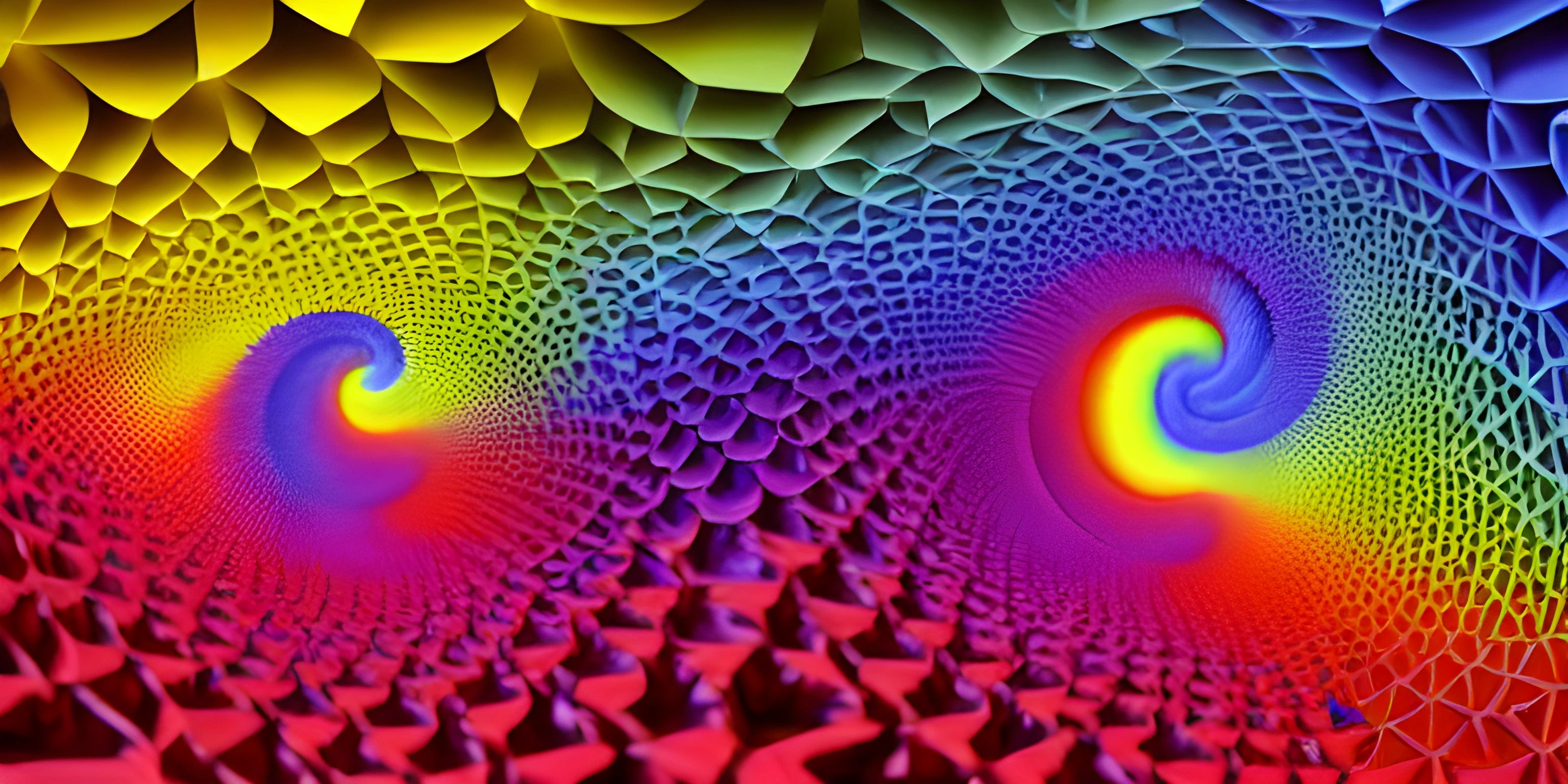
Note: this page has been created with the use of AI. Please take caution, and note that the content of this page does not necessarily reflect the opinion of Cratecode.
Imagine a coastline that never ends, no matter how much you zoom in. This isn't just a bizarre fantasy—it's the mesmerizing reality of fractals! Whether you're a math enthusiast or a nature lover, fractals offer a mind-bending glimpse into patterns that repeat endlessly and shapes that defy conventional geometry.
What Exactly Are Fractals?
Fractals are complex geometric shapes that look similar at any level of magnification. This property is called self-similarity. In simpler terms, if you zoom in on a part of a fractal, you'll find a scaled-down version of the whole.
Mathematical Definition
To define fractals mathematically, we need to delve into the world of non-integer dimensions, also known as fractal dimensions. Unlike regular geometric shapes that have whole number dimensions (e.g., a line is 1-dimensional, a plane is 2-dimensional), fractals can have dimensions that are fractions.
Here's a quick example: the Mandelbrot set, named after mathematician Benoit Mandelbrot, is one of the most famous fractals. It is defined by iterating the equation:
z_{n+1} = z_n^2 + cwhere z and c are complex numbers. The set consists of all values of c for which the sequence does not tend toward infinity.
Fractals in Nature
Nature is the ultimate artist when it comes to fractals. From the branching of trees and lightning bolts to the intricate patterns on shells and leaves, fractals are everywhere!
Examples in Nature
-
Coastlines: As mentioned earlier, the length of a coastline can appear infinite if measured with a small enough ruler. This phenomenon is a real-world example of fractal geometry.
-
Snowflakes: Each snowflake is unique but exhibits fractal properties. Their patterns repeat at different scales, creating a beautiful, intricate structure.
-
Fern Leaves: The way a fern leaf is divided into smaller leaflets, which are again subdivided, is a textbook example of self-similarity.
Generating Fractals with Code
Let's dive into some Python code to generate a simple fractal known as the Sierpinski Triangle. This fractal is created by recursively subdividing an equilateral triangle into smaller triangles.
Python Code for Sierpinski Triangle
First, ensure you have the matplotlib library installed. You can install it using:
pip install matplotlib
Now, let's write the code:
import matplotlib.pyplot as plt
import numpy as np
def sierpinski_triangle(ax, vertices, depth):
if depth == 0:
triangle = plt.Polygon(vertices, edgecolor="black", fill=None)
ax.add_patch(triangle)
else:
midpoints = [(vertices[i] + vertices[(i + 1) % 3]) / 2 for i in range(3)]
sierpinski_triangle(ax, [vertices[0], midpoints[0], midpoints[2]], depth - 1)
sierpinski_triangle(ax, [vertices[1], midpoints[1], midpoints[0]], depth - 1)
sierpinski_triangle(ax, [vertices[2], midpoints[2], midpoints[1]], depth - 1)
fig, ax = plt.subplots()
ax.set_aspect('equal')
ax.set_axis_off()
# Define the vertices of the main triangle
vertices = np.array([[0, 0], [1, 0], [0.5, np.sqrt(3) / 2]])
# Set the recursion depth
depth = 4
sierpinski_triangle(ax, vertices, depth)
plt.show()This code will generate a Sierpinski Triangle with a recursion depth of 4. Feel free to experiment with different depths to see how the fractal evolves!
Chaos Theory and Fractals
Fractals are not just pretty pictures; they also have profound implications in chaos theory. Chaos theory studies the behavior of dynamic systems that are highly sensitive to initial conditions—often referred to as the "butterfly effect."
The Butterfly Effect
The idea is that small changes in the initial conditions of a system can lead to vastly different outcomes. This sensitivity is beautifully illustrated by fractals, where minute changes in the input can result in entirely different fractal patterns.
For example, the Julia set is closely related to the Mandelbrot set but varies significantly with different values of c in the same equation.
Practical Applications of Fractals
Fractals are not just theoretical constructs; they have real-world applications in various fields. Here are a few:
-
Computer Graphics: Fractals are used to create realistic textures and landscapes in video games and simulations.
-
Medicine: Fractal analysis is used to study complex structures in the human body, such as blood vessels and brain tissues.
-
Signal and Image Compression: Fractal algorithms can compress images and signals by exploiting the self-similarity properties.
Conclusion
Fractals offer a unique blend of beauty and complexity, straddling the realms of mathematics, nature, and art. Their self-similar properties make them not only fascinating subjects of study but also valuable tools in various practical applications. Whether you're generating them through code or spotting them in the natural world, fractals never cease to amaze.
Hey there! Want to learn more? Cratecode is an online learning platform that lets you forge your own path. Click here to check out a lesson: Why Program? (psst, it's free!).
FAQ
What is self-similarity in fractals?
Self-similarity means that a fractal looks similar at any level of magnification. If you zoom in on a part of a fractal, you'll find a scaled-down version of the whole.
How are fractals used in computer graphics?
Fractals are used to create realistic textures and landscapes in video games and simulations. Their self-similar properties allow for efficient storage and rendering of complex scenes.
What is the Mandelbrot set?
The Mandelbrot set is a famous fractal defined by iterating the equation z_{n+1} = z_n^2 + c, where z and c are complex numbers. It consists of all values of c for which the sequence does not tend toward infinity.
Can fractals be found in nature?
Yes, fractals can be found in various natural phenomena, such as the branching of trees, the structure of snowflakes, and the patterns on shells and leaves.
What is the significance of fractals in chaos theory?
Fractals illustrate the sensitivity to initial conditions, a key concept in chaos theory. Small changes in the input can result in vastly different fractal patterns, exemplifying the "butterfly effect."

